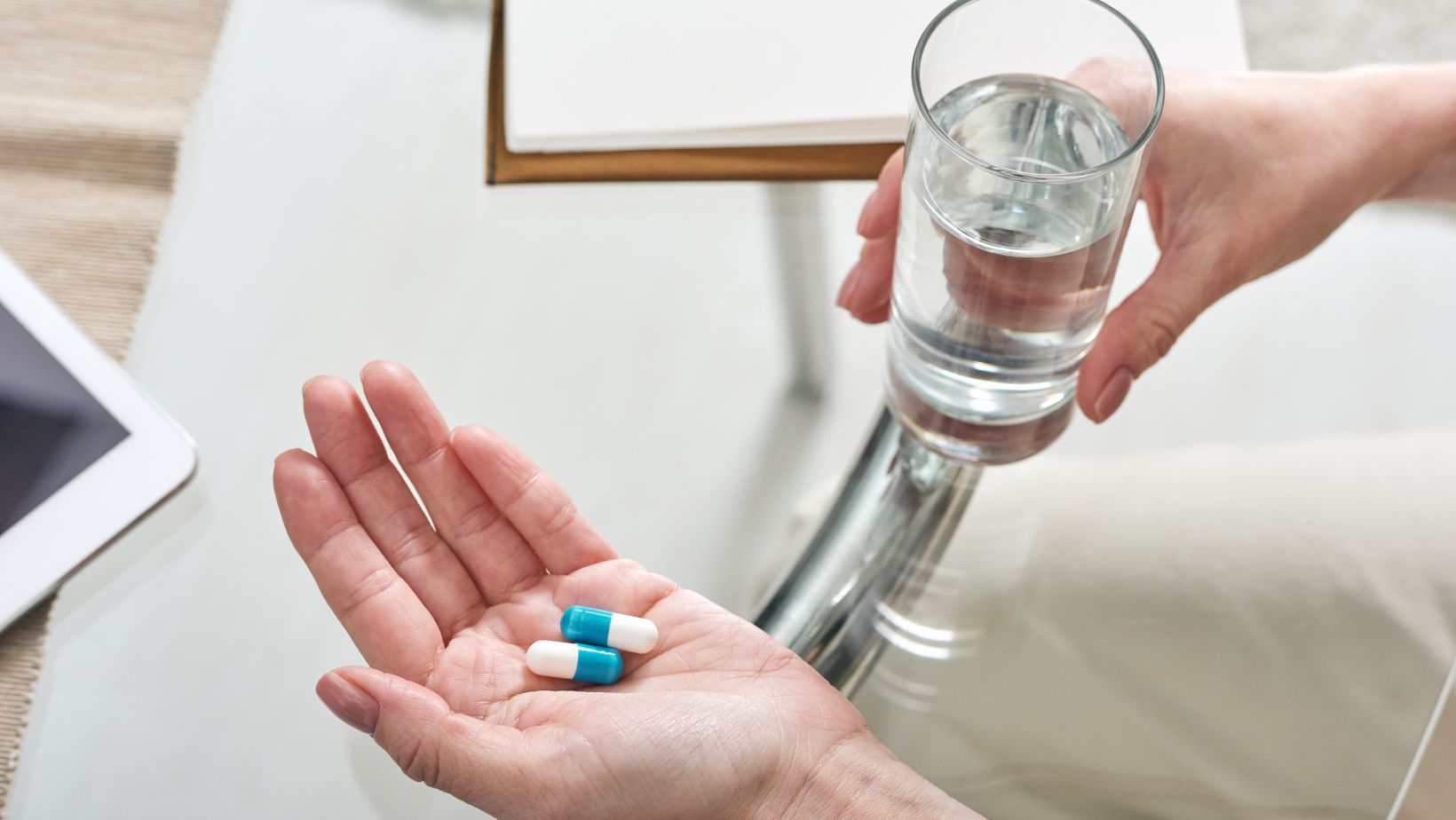Beyond Medication: The Power of Non-Invasive Solutions in Essential Tremor Management

The journey of managing essential tremor (ET) has traditionally been dominated by pharmacological interventions. However, as the medical landscape evolves, there’s a growing emphasis on non-invasive solutions that offer relief without the potential side effects of medication. This article delves into the rise of non-invasive treatments in ET management and how innovations like the Steadi-Two glove are transforming the lives of those affected.
The Limitations of Pharmacological Treatments
While medications have been the mainstay of essential tremor management for decades, they come with their set of challenges. Not all patients respond favorably to drugs, and for some, the side effects can outweigh the benefits. Drowsiness, dizziness, fatigue, and nausea are some common side effects associated with tremor medications. Moreover, the effectiveness of drugs can wane over time, necessitating dosage adjustments or changes in medication.
The Rise of Non-Invasive Interventions
Recognizing the limitations of pharmacological treatments, researchers and medical professionals have been exploring non-invasive interventions. These solutions aim to provide relief from tremors without the need for surgery or medication. From wearable devices to focused ultrasound treatments, the realm of non-invasive solutions is expanding rapidly.
The Steadi-Two glove by Steadiwear is a prime example of this shift. Designed to stabilize the wrist and reduce tremor amplitude, the glove offers instant relief, allowing users to perform daily activities with greater ease and confidence. Its non-invasive nature ensures that users can benefit from its effects without any associated risks or side effects.
Real-Life Impact: Stories from the Ground
The true testament to the power of non-invasive solutions lies in the stories of those who use them. Many users of the Steadi-Two glove have shared transformative experiences, highlighting how the device has enabled them to write, eat, drink, and perform other daily tasks without the constant challenge of tremors.

For many, it’s not just about physical relief but also the emotional and psychological boost they get from regaining their independence.
The Future: Combining Pharmacological and Non-Invasive Approaches
While non-invasive solutions offer tremendous promise, they are not a replacement for pharmacological treatments. Instead, the future of ET management likely lies in a combined approach. Depending on the severity of the tremors and individual patient needs, a combination of medication and non-invasive interventions might offer the best outcomes.
For instance, a patient might use medication to manage their overall tremor levels and rely on the Steadi-Two glove for specific tasks that require precision and stability. Such a holistic approach ensures that patients receive comprehensive care tailored to their unique needs.
Embracing Technology: The Role of AI and Data Analytics
The rise of non-invasive solutions in essential tremor management is closely intertwined with advancements in technology. Artificial Intelligence (AI) and data analytics are playing a pivotal role in refining and enhancing these solutions. Devices like the Steadi-Two glove can benefit from real-time data analysis, adjusting their stabilization mechanisms based on the user’s specific tremor patterns.
Furthermore, with the integration of AI, these devices can potentially predict tremor episodes based on historical data, allowing users to be better prepared. The continuous collection and analysis of data also provide invaluable insights for researchers, enabling them to understand tremor patterns better and develop more effective interventions.
Patient Empowerment: Taking Control of Tremor Management
One of the most significant advantages of non-invasive solutions is the empowerment they offer to patients. Unlike medications, which often require regular monitoring and adjustments by healthcare professionals, devices like the Steadi-Two glove put control back into the hands of the users. They can decide when to use the device, adjust its settings based on their comfort, and actively participate in managing their condition.
This sense of empowerment can have profound psychological benefits. When patients feel they have a say in their treatment and can actively manage their condition, it boosts their confidence and overall well-being. It fosters a proactive approach to health, where patients are not just passive recipients of care but active participants in their health journey.

In conclusion, the landscape of essential tremor management is undergoing a significant transformation. As non-invasive solutions like the Steadi-Two glove gain prominence, patients have more options than ever before. With continued research and innovation, the future holds the promise of more effective, personalized, and holistic solutions for those living with essential tremors.
-
Personal Finance1 year ago
How Do I Find My UCAS ID Number?
-
Success6 years ago
Consistency: The Key Ingredient to Success
-
Personal Finance1 year ago
What Does Conditionally Approved Mean For An Apartment?
-
Motivation3 years ago
How To Become a More Organized Person?
-
Others5 years ago
Work Health and Safety: 8 Reasons to Maintain a Clutter-free Office
-
Entrepreneurs4 years ago
Why Diversity is Key in Business Marketing
-
HK Pools1 year ago
The HK Pools Forum Comunity Jos Markotop 2D Warna Kuning – A Great Way to Stay Connected
-
Sport2 years ago
What Makes Soccer Betting So Great?



























